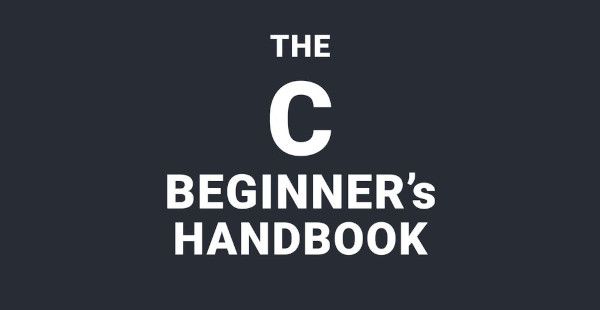Tutor: A Handbook for Tutorial Programs
Tutor, a handbook for tutorial programs published by Book-Lab, Inc., describes how tutors can help children learn to read. It discusses the roles of Tutor, Collaboration, Execution, and Self-advocacy. It provides examples of successful tutoring methods and includes helpful checklists for evaluating a tutorial program. It also highlights important factors to consider in selecting a tutor. Tutor is an excellent reference tool for teachers and parents of children who are struggling with reading.
Tutor
A handbook for tutorial programs focuses on the development of strong relationships between tutors and students. Positive relationships between tutors and students promote academic and social outcomes. These relationships are particularly important for students from low-income or first-generation backgrounds. Resources in this handbook are based on practices of high-performing tutoring programs. However, they may be adapted to the needs of specific community partners. They are designed to increase tutors’ knowledge and skills and ensure that students make academic progress.
Students’ goals and challenges should be discussed. The tutor should be sensitive to student needs and offer constructive feedback. Tutors should engage the students in discussions and give ideas for homework, proofreading, and research topics. It is also important for tutors to maintain a high standard of professionalism. The tutor should never give up. Students should be able to gauge their own progress, so tutors should demonstrate patience and sensitivity. They should not accept that students have difficulties in everything. Instead, they should be able to think and explain complex ideas in terms that students can understand.
Collaboration
The Collaborating for Student Success Guidebook is a comprehensive resource for fostering student success across the country. The handbook is a practical reference for practitioners, trainers, and LMC facilitators. It features practical case studies and interactive multimedia links. Learners, educators, and the community are all involved in collaboration to ensure academic, behavioral, social, and emotional success. By providing resources that facilitate the collaborative process, these guides can help educators and trainers improve their practices and maximize the potential of their programs.
Collaborative activities enable students to learn from each other and develop their existing skills and knowledge. They can also learn where they might stumble and why. Through conversations with their peers, they can gain insight into how academic conventions affect writing. They can then refine their own writing to reflect what their peers expect. It is also possible to tie grades to the amount of student learning. A collaborative paper is an excellent opportunity to develop and enhance students’ creative thinking skills.
Execution
The term execution refers to the act of running a program or instruction. In a tutorial program, the process of execution refers to the process of carrying out an instruction by a computer. There are many ways to perform an instruction, but the most basic one is by typing it into a computer. Fortunately, notepad++ has many features, including syntax highlighting. In addition, you can use any text editor with C syntax support, including Notepad++.
Self-advocacy
To teach self-advocacy, a conceptual framework and direct instruction are used. This holistic approach reflects a link between academic and non-academic learning processes. Creating a clear sense of self is a foundation for successful self-advocacy. When students are able to recognize and assert their rights, they will be more willing to advocate for themselves and others. However, this strategy can also lead to failure.
Teaching students about self-advocacy includes helping them navigate their lives and identifying their rights and needs. Teaching self-advocacy is also about communicating the importance of understanding a student’s individual needs and communication styles. In a special education program, teaching students to identify social cues and understand their own learning styles is an essential part of teaching self-advocacy. However, it is often difficult to teach self-advocacy to students without extensive knowledge of the topic.

